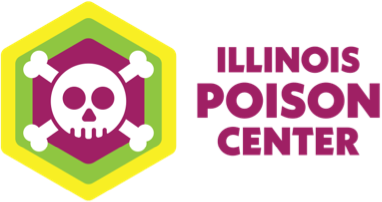First Aid For Eyes
Getting something in the eye can be painful and stressful. IPC is here to guide you with steps to take if you or a child has a substance in the eye.
Step 1: If you’re wearing contacts, remove them immediately.
Step 2: Rinse the affected eye for 15 minutes with lukewarm/body-temperature tap water. It’s not enough to hold a wet cloth to the eye or splash water from the sink into the eye.
For adults and older children: Standing in the shower is the best way to rinse the eye. Tilt the head so a steady stream of water runs over the bridge of the nose and into the eye(s).
For younger children and infants: Fill a clean cup with water. Lay the infant or child on his/her back. Pour the water over the infant’s or child’s nose into the eye(s). For younger children, wrap a towel around the child to secure his/her arms. Place another towel under the child’s head for comfort. It also makes it easier for you to perform the irrigation.
Step 3: After rinsing, let the eye rest for about 15-30 minutes. The eye will temporarily feel dry until the natural tears return.
Note: Do not use eye drops, such as Visine or artificial tears, during the irrigation process. Eye drops can mask important symptoms.
Contact IPC at 1-800-222-1222 if pain or swelling persists, or if you or the child has the feeling of a grain of sand or eyelash in the eye. This sensation may indicate an abrasion or burn on the eye. Evaluation by a physician may be necessary.
